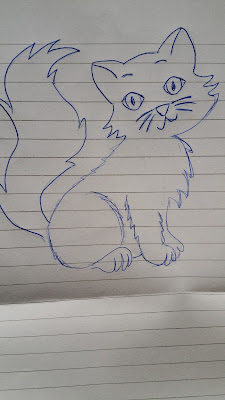In this blog, I will be reflecting upon
five key concepts of creativity, which are considered to be significant for
twenty first century education. In order to reflect upon the five key concepts
of creativity, it is first important to understand what creativity is.
According to Lucas (2001) ‘Creativity is a state of mind where in which all our
intelligences work together’. Additionally I asked different members
of my family and friends on what they believe is creativity; here are some of
the ideas which they had written. I then used the website bubbl.us in
order to create a mind map to visually show their ideas as a whole.
Creativity is an important aspect of twenty
first century education; waves of creativity can be seen in the Foundation Phase,
which is the Curriculum for Wales. According to the Department for Children,
Education, Lifelong Learning and Skills (2015, p.47), one of the seven key
areas of learning in the Foundation Phase is called Creative Development. It is
suggested that creativity ‘enables children to express themselves freely’.
Therefore, in order to encourage children to freely express themselves, it is important for educators to use creative approaches within our education system. This is further discussed by Sir Ken Robinson in the video below.
Reference List
Robinson, K. (2012) Why is Creativity Important in Education? Sir Ken Robinson Video Series from Adobe Education. [Video] Available at: https://www.youtube.com/watch?v=ywIhJ2goiGE (Accessed: 19th April 2016).
Lucas, B. (2001) ‘Creative Teaching, Teaching Creativity and Creative Learning’, in A. Craft, B. Jeffrey and M. Leibling (eds) Creativity in Education. London: Continuum, pp. 35-45.
Wales: Department for Children, Education, Lifelong
Learning and Skills, (2015) Curriculum
for Wales: Foundation Phase Framework. Cardiff: Welsh
Assembly Government. [Online]. Available at: http://gov.wales/topics/educationandskills/earlyyearshome/foundation-phase/?lang=en (Accessed: 23 April 2016).















